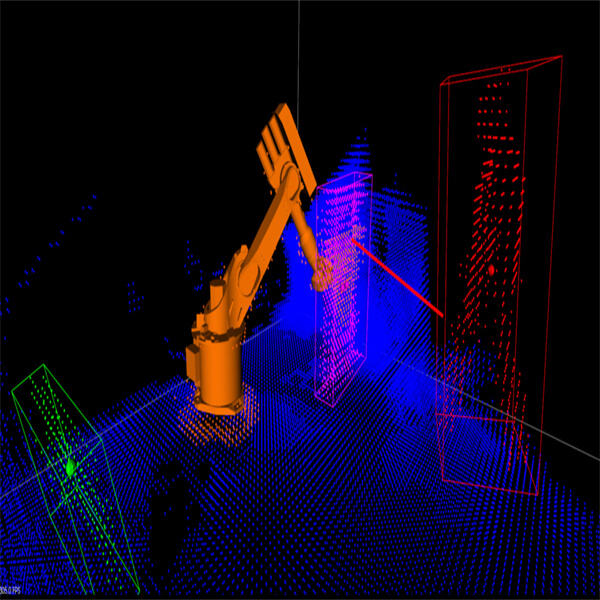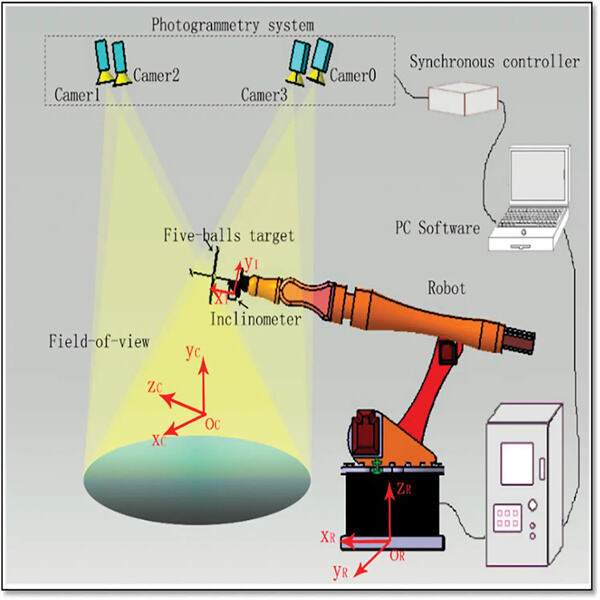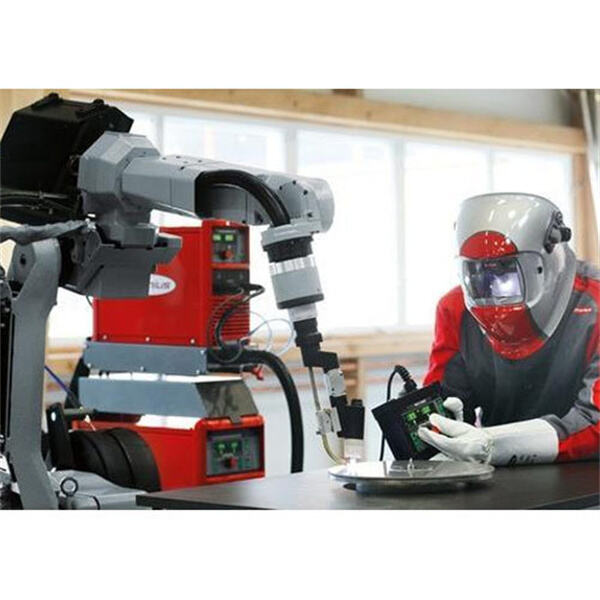A 3D robotic laser sensor is called a powerful device as it creates accurate distance measurements and determine any possible barriers in the way. It uses laser beams to build a three-dimensional map of everything around it. This helps the sensor navigate without colliding with objects that could create issues. The MINYUE 3D robotic laser sensor includes detection technology functioning in low light. That makes it a tool to be trusted at multiple jobs, from assisting robots to be more effective at the factory.
By 3D robotic laser sensors and 3d laser triangulation, the method of working in locations like factories, warehouses, etc. has changed completely. These sensors can be applied to robots and machines, making area of production lines smoother and faster. 3D robotic laser sensors help machines work independently without requiring much human assistance by accurately detecting objects and measuring distances. That means work can get done faster and better, and employees can move on to other important tasks.
Another field that makes use of 3D laser vision sensor is self-driving cars. These cars have to drive on the road and find obstacles around them, and these sensors of theirs are basically their eyes in the world. Sensors that relays what is occurring all around the car in real time to help make smart decisions to steer the vehicle out of harm's way.
The MINYUE 3D robotic laser sensor is a fully new design for the self-driving vehicle, with high accuracy and fast response. And this means that the cars drive safely on the road avoiding any hazardous situations. These sensors allow self-driving cars to work more efficiently that help keep the travelling safe for the people.

3D robotic laser sensors are likewise used at home in our daily life such as for smart homes. These sensors enhance security and provide ease of use for homeowners. They can sense movement, measure distances and build detailed maps of the home’s layout. With an integration of intelligent 3D vision sensor into the smart home systems, it is possible for people to automate a lot of things.

These sensors can enable lights when somebody walks into a room, change the temperature to a more moderate level, and it can even search for intruders. The MINYUE 3D joint tracking sensor is a versatile device that can be tailored to the requirements of smart homes. This is useful for modern living and can help the families feel comfortable and safe in their houses.

Robotic 3D laser sensors have been widely applied in factories. They work to improve efficiency and quality control in a multitude of ways. Such sensors may be embedded into production lines to test products, measure dimensions, and identify any defects that may occur. 3D robotic laser sensors help manufacturers achieve more accurate processes, which reduces waste and helps to ensure consistently high-quality products.
Beijing Minyue Technology Co.,LTD,as the world's leading high-tech enterprise of non-teaching intelligent application of industrial robots.We specialize in flexible intelligent manufacturing with our self-developed RobotSmart - Intelligent Decision Making System, SmartVision - Binocular Structured Light Vision System, and SmartEye - Laser Vsion Seam Tracking System. Provide a new generation of intelligent robot welding and cutting solutions.
Fast, accurate, completely No-Programming, high efficiency and high precision. It solves the complicated teaching process of traditional robots and saves the downtime of teaching process.
Adopting the function of finding and tracking, scanning the weld seam, confirming the position and information of the weld seam, correcting the position of the weld seam between the 3D digital model drawing and the actual workpiece, and solving the problem of bias weld due to the error of incoming materials and thermal deformation.
Provide powerful welding robot front loading, side loading, inverted loading, gantry mounting, intelligent trajectory planning for multiple robots, multiple external axes, and positioner for cooperative work. Realize robot motion simulation, collision detection, singularity avoidance and axis limit detection.